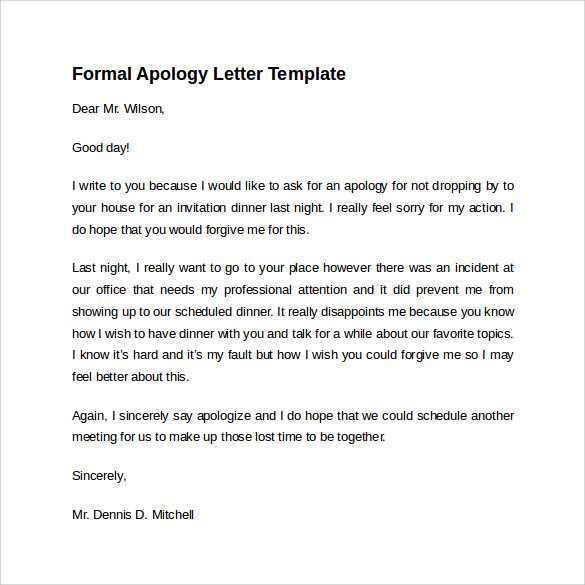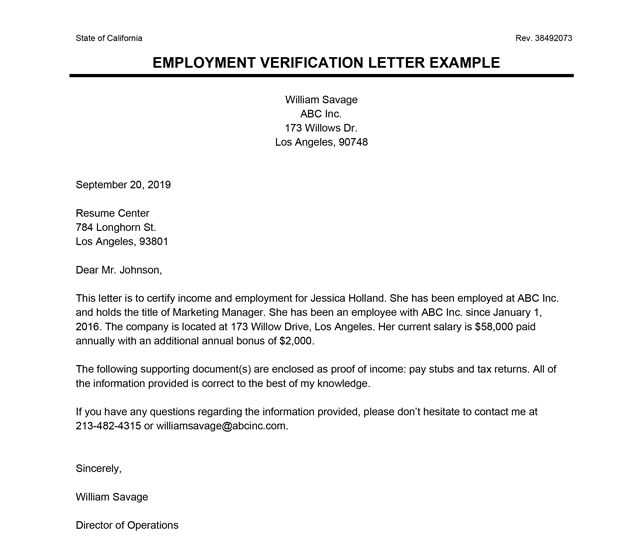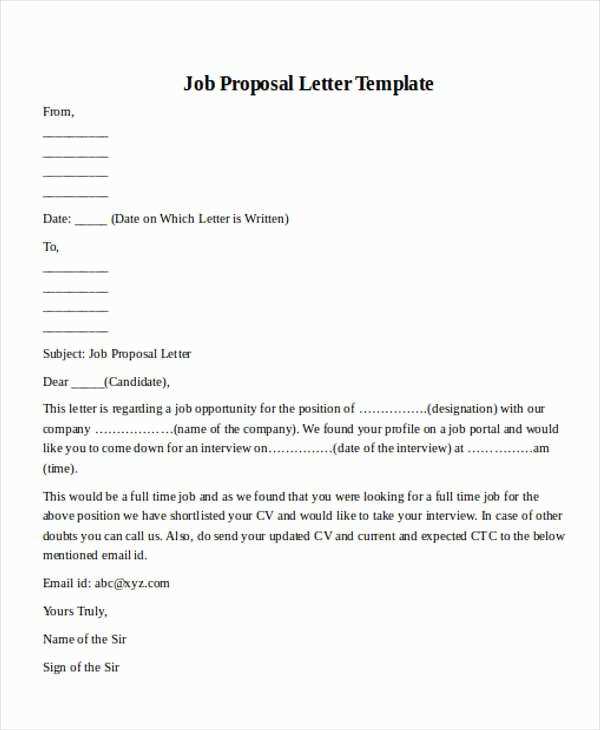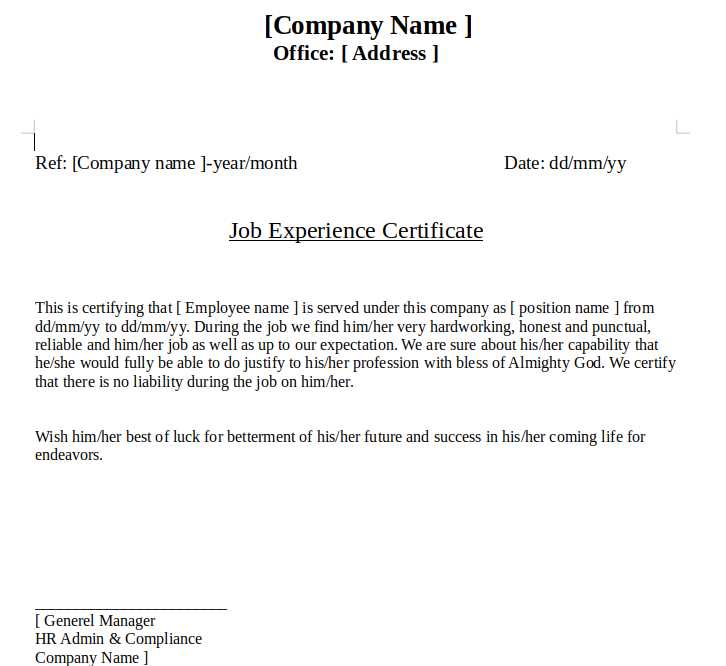Job justification template letter

Key Points to Address in a Job Justification Letter

When writing a job justification letter, focus on clearly outlining why a specific position or role is necessary within the organization. Follow this template to craft a concise, direct, and effective letter. Highlight the role’s impact on the team, company goals, and the expected outcomes.
1. Position Overview
Begin by identifying the role you are justifying. Specify the title, department, and primary responsibilities. Clearly define the tasks and objectives that this position will address. This ensures that decision-makers understand the scope of the role right from the start.
2. Business Need and Impact
Explain the business need for the position. How does this role align with the company’s goals? Mention any gaps or challenges that the position will help resolve. Be specific about the outcomes the organization can expect with this role in place.
3. Cost vs. Benefit Analysis

Provide a straightforward comparison of costs and benefits. Emphasize the return on investment that the position will deliver. This might include efficiency improvements, increased revenue, or better customer satisfaction. Clear numbers can be particularly persuasive.
4. Justification for Role’s Necessity

Detail why the position cannot be filled by existing staff. Explain if the workload is too much for current employees or if specialized skills are required. This reinforces the idea that the new role is necessary and not just an additional hire.
5. Future Considerations
Anticipate how the role might evolve over time. Address how it will contribute to long-term growth or success. If applicable, mention how this role can be adapted or scaled as the company expands.
Job Justification Letter Template
Here’s a simple job justification letter template to guide you:
[Your Name] [Your Job Title] [Company Name] [Date] [Recipient's Name] [Recipient's Job Title] [Company Name] Dear [Recipient's Name], I am writing to provide a justification for the creation of the [Job Title] position within the [Department Name]. As the [current state of department/team], we are experiencing [mention specific challenges such as increased workload, new projects, or demand for specialized skills]. This position is crucial to addressing these challenges and ensuring that we meet our strategic goals. The primary responsibilities of this role will include [list key responsibilities]. The [Job Title] will play a critical role in [mention the broader business objectives or improvements that this position will support]. Currently, our team is unable to fully address these needs due to [mention reasons such as insufficient staffing, skill gaps, or an overloaded team]. Creating this position will [outline the expected benefits like increasing productivity, supporting growth, or improving outcomes]. The cost of adding this role will be outweighed by the benefits of [mention key benefits, such as higher revenue, cost savings, or operational efficiencies]. We expect that the return on investment will be seen in [specific results]. Thank you for considering this request. I am happy to discuss further and answer any questions you may have. Sincerely, [Your Name]
This template can be customized based on your specific needs and the organizational context. Be clear, concise, and support your argument with concrete data when possible. The goal is to present a compelling case for why the position is necessary.
Job Justification Template Letter: A Practical Guide
How to Start Your Job Justification Letter
Key Elements to Include in the Justification
How to Align Justification with Organizational Goals
How to Address Cost-Benefit Analysis in a Justification Letter
Common Mistakes to Avoid When Writing a Justification
How to Conclude Your Job Letter with Impact
Start your job justification letter with a clear and direct statement of purpose. Address the decision-maker right away and highlight the position you are justifying. Make it clear why the role is necessary for the company and how it will contribute to achieving business objectives. Avoid long-winded introductions and focus on laying out the key reasons for the position.
Key Elements to Include in the Justification
Focus on the job’s main responsibilities, the skills required, and the expected outcomes. Demonstrate how this role fills a gap in the organization, whether it’s enhancing team productivity or addressing an unmet need. Be specific about how the position aligns with the company’s priorities, such as increasing revenue, improving customer satisfaction, or expanding operations.
Aligning the Justification with Organizational Goals
Connect the role to the broader organizational objectives. Highlight how the position supports key initiatives and adds measurable value. Provide examples of how this role will help drive the company’s mission forward, whether it’s through more efficient workflows or better customer engagement. Show how the role contributes to the bigger picture of business success.
Cost-benefit analysis is essential to demonstrate the financial impact of the position. Compare the expected costs–salary, benefits, training–with the potential benefits, such as increased productivity or higher profits. Provide clear data or projections that support your claim. This approach helps decision-makers evaluate the role from a financial perspective.
Avoid generalizations and vague language. Be specific about the job’s value, its necessity, and how it will directly benefit the company. Don’t overstate the case or make unsupported claims, as this weakens your justification. Stick to facts, data, and examples to create a compelling argument.
Conclude with a strong, concise summary of why this role is necessary. Reiterate how it contributes to the organization’s growth and how it fits into the strategic goals. End with a call to action, inviting the reader to discuss the proposal further or consider the next steps in the decision-making process.